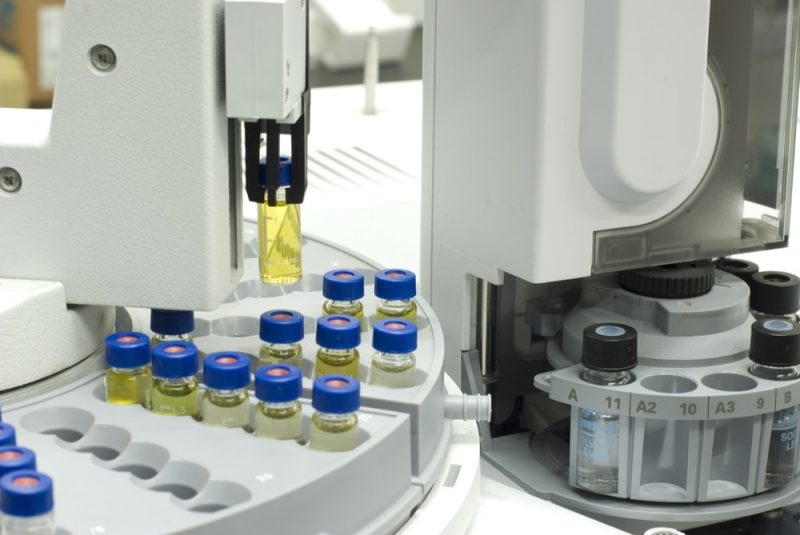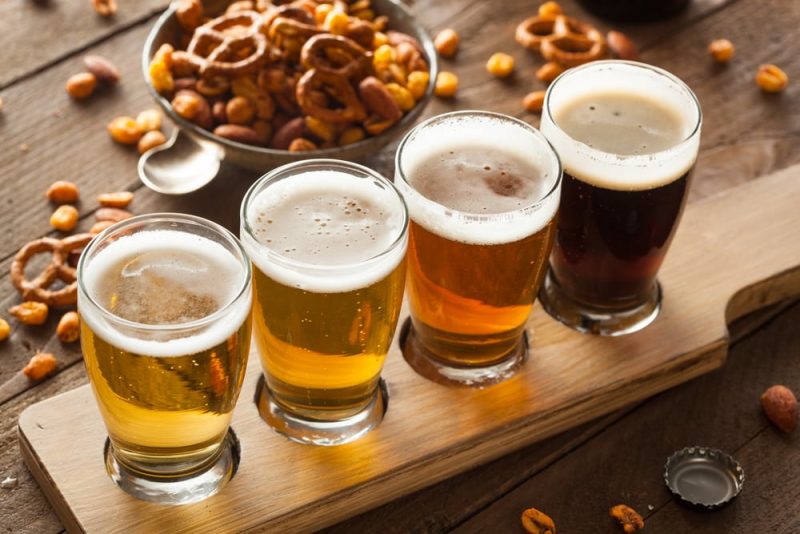For chemistry, one mixture It is a set of two or more substances that come together without changing chemically. For this reason, it is possible to separate the various components of the mixtures by means of relatively common physical procedures, such as filtration or distillation. For example: sea water, coffee with sugar, beer, milk.
In nature there are many mixtures, with which we interact on a daily basis. One of them is the air we breathe, which is mostly made up of nitrogen and oxygen molecules, although it also contains other substances, such as carbon dioxide, water vapour, etc. Seawater is also a mixture, since we know that it contains mineral salts, organic matter in suspension and living beings, among others.
Types of mixes
- Homogeneous mixtures. In these mixtures it is not possible to distinguish their components with the naked eye or under microscopy, that is, homogeneous mixtures do not present discontinuities and have uniform properties throughout their extension. Homogeneous mixtures are known as solutions or solutions.
- heterogeneous mixtures. These mixtures do present discontinuities that give rise to the formation of different phases that are generally distinguishable with the naked eye.
It is important to be clear that in mixtures there are no chemical reactions between the mixed components. The analysis of a mixture can be performed qualitatively or quantitatively:
- Qualitative. It is interesting to identify which substances are present in the mixture.
- Quantitative. It is interesting to know the quantity or proportion in which these are found.
Homogeneous mixtures can be liquid, gaseous or solid. In general, the one that determines the final state of aggregation of the mixture is the solvent, not the solute.
mixes can be separated using different methods. Thus, for example, when one dissolves table salt (a solid) in water (a liquid), the resulting mixture is homogeneous and liquid. In this case, if one lets all the water evaporate, one would get the solid salt that was originally dissolved. If one mixes sand and water, instead, one will obtain a heterogeneous mixture. The sand will tend to form a layer at the bottom of the container, so the mix can be easily separated using gravitational separation.
Other methods of separation of mixtures are decantation, crystallization, centrifugation or thin plate chromatography. All of these procedures are very useful in research laboratories.

Specific blends
- gas mixtures
- gas mixtures with liquids
- Gas mixtures with solids
- Mixtures of solids with liquids
Examples of mixes
Twenty exemplary mixtures (including homogeneous and heterogeneous) are listed below:
- baking soda in water. It is a homogeneous mixture, with various medicinal and culinary uses.
- Seawater. Although at first glance it looks like something uniform, it is a heterogeneous mixture, it usually has particles in suspension and its composition is highly variable. Its main component is sodium chloride (which gives it its characteristic brinyness), but it also contains other salts that are often used in cosmetics, the chemical industry, etc.
- cooking oil mix. They are the oils that are made from more than one oleaginous species; the most common mixture is that of sunflower and corn oil. They form a homogeneous mixture.
- Blood. It is a heterogeneous mixture composed of plasma, cells, hemoglobin, and many other components.
- Toilet soap. It is a heterogeneous mixture, it is achieved by combining salts of long-chain fatty acids with flavoring components, dyes, glycerin, etc.
- I usually. It is an extremely heterogeneous mixture, it contains mineral particles, organic matter, microorganisms, air, water, insects, roots and others.
- Beer. It is a homogeneous mixture widely consumed by humans in celebrations.
 Beer is a homogeneous mixture.
Beer is a homogeneous mixture.- cough syrup. In general, syrups are suspensions (a type of heterogeneous mixture), with small particles that do not dissolve completely, to which components such as thickeners, colorants, etc. are added.
- water with sand. It is a heterogeneous mixture, the sand settles and separates forming a lower phase.
- Coffee with sugar. If it is a soluble coffee, you will have a homogeneous mixture, with the sugar dissolved in it.
- detergent in water. Typically it is an emulsion, therefore a heterogeneous mixture.
- diluted bleach. It is a homogeneous mixture widely used for cleaning and disinfection, also as a bleach. This mixture contains active chlorine.
- Medicinal alcohol. It is a homogeneous mixture of ethanol in water, its concentration is normally expressed in degrees (the most common is alcohol 96 °)
- iodine tincture. It is used as a disinfectant. It is a homogeneous mixture.
- Bronze. It is a mixture of copper and tin, called an alloy, which combines the properties of these elements. It is a homogeneous mixture.
- Mayonnaise. It is a homogeneous mixture of eggs, oil and some other components.
- Cement. It is a mixture of limestone and clay, it has the particularity of setting or hardening on contact with water, which is why it is used in construction. It is a homogeneous mixture generally gray in color.
- Hair dye. It is a homogeneous mixture widely used to change hair color.
- shoe polish. It is a homogeneous mixture used to accentuate the shine and color of shoes.
- Milk. At first glance it looks like a homogeneous mixture, but in reality it is a colloid, it has properties of a heterogeneous mixture.
